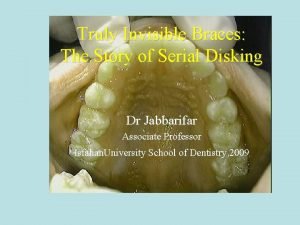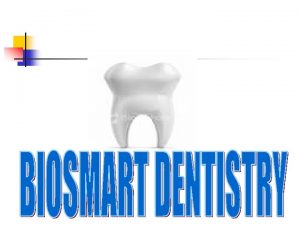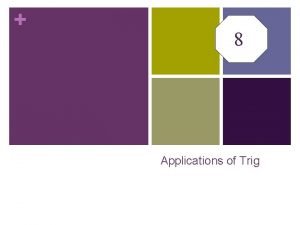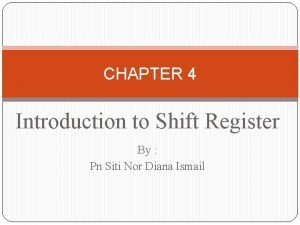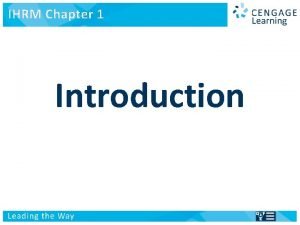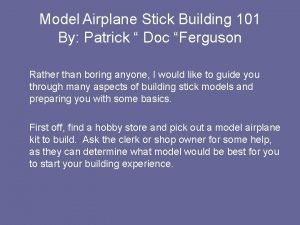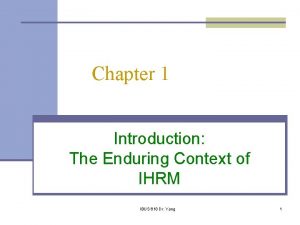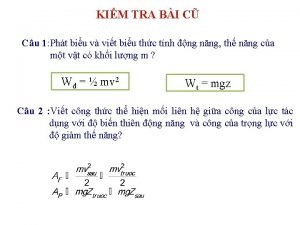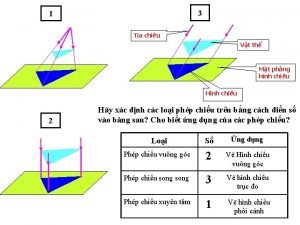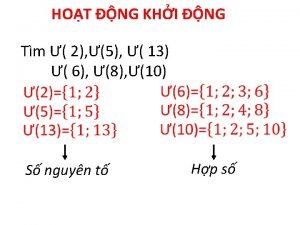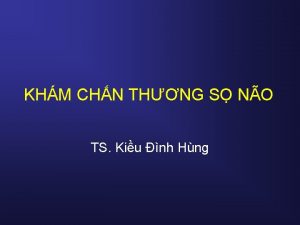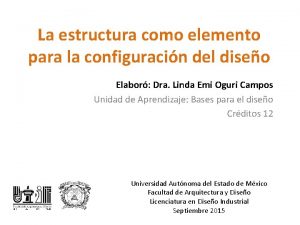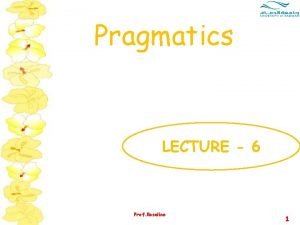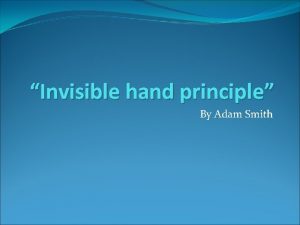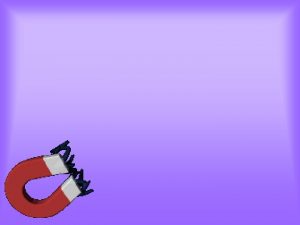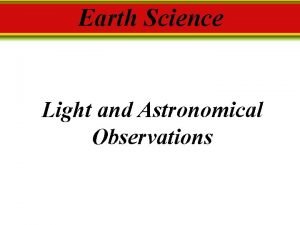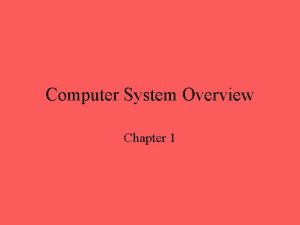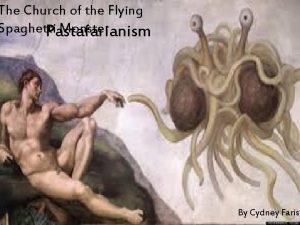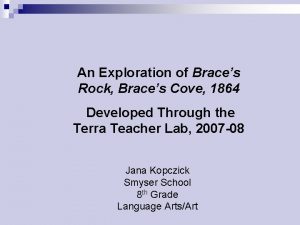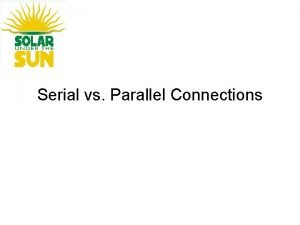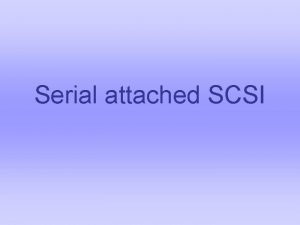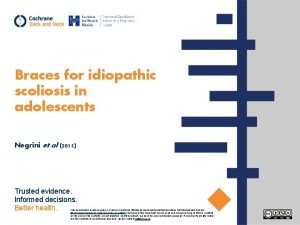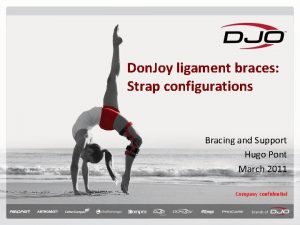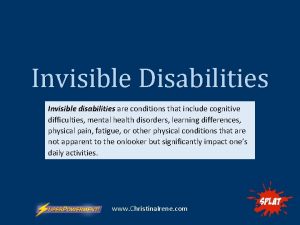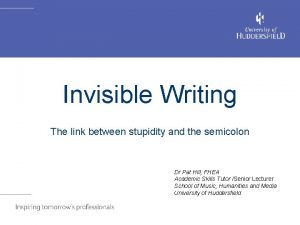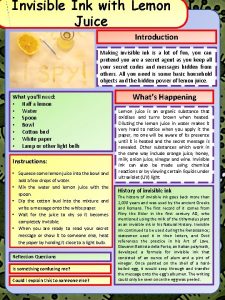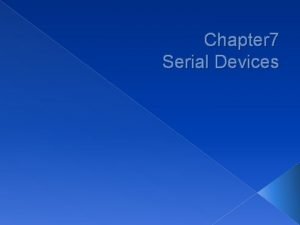Truly Invisible Braces The Story of Serial Disking

Truly Invisible Braces: The Story of Serial Disking Dr Jabbarifar Associate Professor Isfahan. University School of Dentistry 2009

objective art 1 Discuss the transition of the primery dentition to the permanent dentition. part 2 Review a simplified Mixed Dention Analysis procedure. part 3 Discuss indications and procedures for Serial disking.

Part 1 - Transition From Primary to Permanent Teeth Ø Transition of molar relationships Ø Transition of Incisors Ø Transition of Buccal Segment Ø Leeway Space ØLate Mesial Shift

Flush Terminal Plane Distal Mesial

Mesial Step Distal Mesial

Disto Step Distal Mesial

Mesio Step Distal Mesial

Incisor Liability Ø Permanent incisors are larger than primary incisors Ø This difference in size is termed "incisor liability“ Ø How does the body create enough room for the larger, permanent incisors?

Overcoming Incisor Liability Ø Interdental spacing of primary incisors Ø Intercanine arch width growth Ø Labial positioning of the permanent incisors Ø Favorable size ratio between the primary and permanent incisors

Arch Length Prediction from Alignment of Primary Teeth

Good Spacing

No Primary Spacing

Fair Spacing

Leeway Space Ø Sum of (c-d-e) > (3 -4 -5) Ø This allows more space for 3 -4 -5 Ø This "leeway space" averages 1. 7 mm. in the mandibular buccal segment; 0. 9 in the maxillary buccal segment

“E” Space

Late Mesial Shift Ø Refers to mandibular permanent molar moving mesially Ø Good news - if permanent molars are ETE, late mesial shift allows mandibular molar to move into a Class I occlusion Ø Bad news - the above reduces arch length

FTP Late Mesial Shift (cont. ) Molar moves into this space. . . Class I

Late Mesial Shift (cont. )

Part 2 Mixed Dentition Analysis Ø Purpose: predict amount of crowding after permanent teeth come in Ø Timing: mixed dentition Ø Materials: Boley gauge Ø Where: At the chair

4 Step Simplified MDA Ø Basic Steps – Mentally align incisors » In other words…. “how far over onto the primary cuspid will it take to make the incisors straight? ” – Measure space left over for C, B 1, B 2 – Predict size of C, B 1, B 2 – Compare size vs. space for C, B 1, B 2 to determine amount of crowding

Step 1 MDA Methodology n Measure mesial-distal diameter of the mandibular incisors, sum and divide by two


Step 1 Example

Step 2 MDA Methodology Ø Select a midline point Ø Expand the Boley gauge to the amount determined in Step 1 Ø Mark the point on each primary cuspid from the midline point Ø This represents the space required for well aligned incisors

11. 7 mm

Step 3 MDA Methodology Ø Measure from the point on each cuspid (derived in Step 2) to the mesial of the first permanent molar Ø This represents the space available for the permanent cuspid and bicuspids (C, B 1, B 2)

22. 7 mm 22. 4 mm

Step 3 Example

Step 4 MDA Methodology Ø To the number derived in Step 1, add 10. 5 mm for the mandibular teeth Ø This represents the size of the permanent cuspid and bicuspids in each quadrant Ø Subtract the number determined in Step 4 (the predicted size of C, B 1, B 2) from the number determined in Step 3 (the amount of space for C, B 1, B 2) for both sides of the arch

MDA Methodology Ø If the space available is less than the amount of tooth mass, a negative number will result Ø This number is the predicted amount of crowding

Step 4 Example

Allowance for Late Mesial Shift Ø If permanent molars are end to end, mandibular molar should move mesially to obtain Class I interdigitation. Ø This will decrease the arch length available for 3 -4 -5. Ø Figure 1. 7 mm. per side with ETE relationship.

MDA Procedure Maxillary Arch Ø Mentally align the maxillary incisors as was done in the mandibular arch Ø Measure the space left over for the maxillary C, B 1, B 2 Ø Add 11. 0 mm. to 1/2 the sum of the MANDIBULAR INCISORS to predict the size of the maxillary C, B 1, B 2 Ø Subtract the predicted size from the space available

Part 3 Serial Disking Ø Result without treatment Ø Description of Ideal Patient Ø Description of Technique Ø Steps in Serial Disking

What Happens With No Intervention?

Cuspid Labial Eruption No anterior alignment

1 st Premolar Eruption Distal cuspid movement?

2 nd Premolar Eruption Late mesial shift of 1 st molar

2 nd Premolar Eruption Late mesial shift of 1 st molar Spaces close from posterior!!!

Result Without Disking Ø Same anterior crowding Ø Blocked out cuspids Ø Less arch length to work with

Ideal Patient for Serial Disking n n n Class I molars and cuspids (Not FTP) Normal overbite and overjet 3 mm or less of anterior crowding


Serial Disking Technique Ø 699, 169 carbide bur or tapered diamond Ø Anesthetic considerations Ø local Øelectronic Ønone Ø Prepare mesial surface as stainless steel crown prep Ø No ledges!…. Feather edge margin

Serial Disking Steps: Mandibular Arch Ø Lateral incisor eruption - disk mesial of primary cuspids Ø Permanent cuspid eruption - disk mesial of either 1 st or 2 nd primary molar

Mild Anterior Crowding Disk Primary Cuspids

Mild Anterior Crowding Disk Primary Cuspids






Cuspid Eruption Extract 1 st Primary Molar?

Cuspid Eruption Extract 1 st Primary Molar?

1 st Premolar Eruption Disk 2 nd Primary Molar

1 st Premolar Eruption Disk 2 nd Primary Molar






Disk 2 nd Primary Molar






Class I Molars Preferred No late mesial shift required Class I Molars

2 nd Premolar Eruption

End to End Molars No late mesial shift

If You Can’t Disk Enough… and <5 mm. Crowding. . . Ø Extract mandibular primary cuspids Ø Support with bilateral holding arch Ø Mandibular incisors will generally align Ø Just because 5 mm. of crowding is predicted does not mean it is an extraction case! Why? NEXT SLIDE

Other Factors to Consider Ø Tooth size prediction is at approximately 75 percentile Ø therefore…. . Tendency is to overestimate crowding Ø MDA does not take into account: Ø angulation of incisors Øarch form ØCurve of Spee



Visit Us on the Web! Ø Creighton University http: //www. creighton. edu Creighton School of Dentistry http: //cudental. creighton. edu ASDC Web site http: //cudental. creighton. edu/asdc
- Slides: 74
